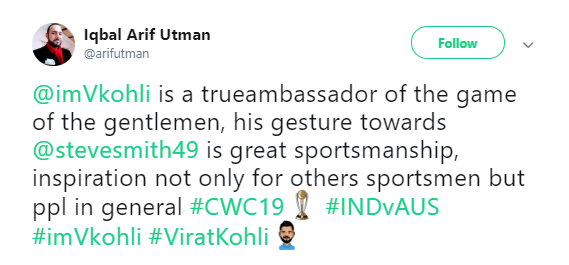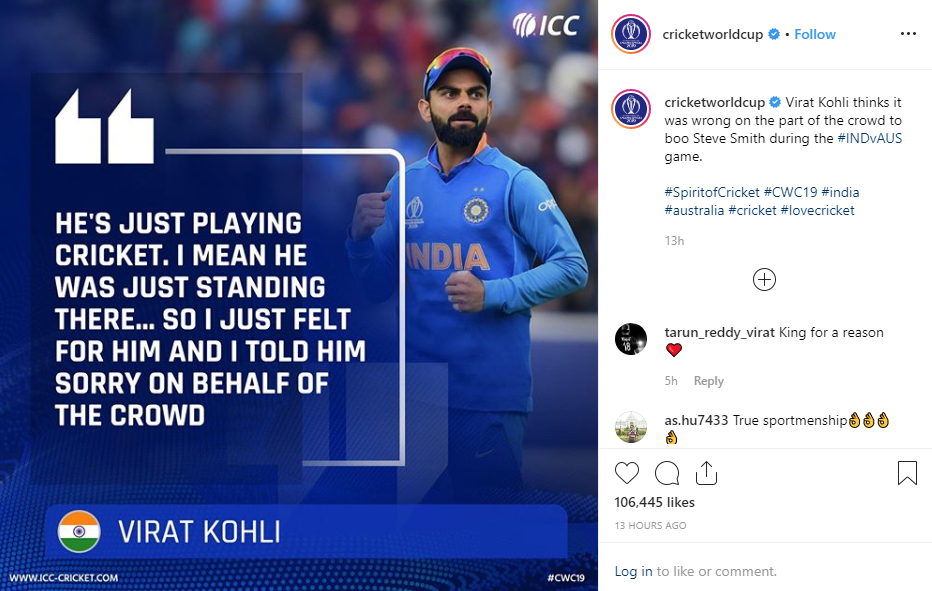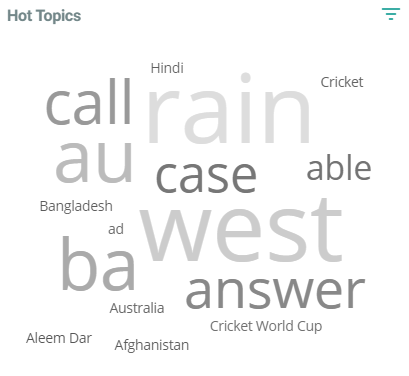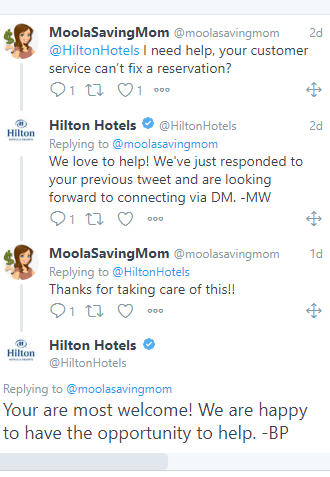Assess Your Brand Reputation on Social Media Networks
It takes years to build a reputed brand name; however, one negative review could ruin it and leave a wreck behind. Keeping track of your brand reputation becomes vital to avoid such an unpleasant crisis.
It’s a known fact that customers who are happy may not leave feedback, but the unhappy ones today take the time out of their packed schedules to share their experiences with others. It’s only natural for a potential customer to trust the first-hand review more than any marketing material put out by the brand itself. So, how do you manage your online reputation? Is it possible to keep your customers happy, at all times?
How does managing Brand Reputation Work?
Managing online brand reputation is about tracking negative comments and reaching out to connect with such a customer to resolve their issues. You will also need to track the praise or positive feedback for your brand. Encouraging happy clients to engage more positively with the brand on social media is a really clever way to manage online brand reputation.
Carefully following your competitors can tell you about their social media reputation and the strategies they use to maintain it. Overall, brand reputation management allows you to tell your side of the story and helps people to recognize you and to connect with you. It is a very good way to influence the sentiments surrounding your brand.
Many businesses invest in social monitoring tools to keep track of the chatter. But, how do you gather insights into your brand reputation without the appropriate tools to analyze that data? Only social listening tools help you track brand mentions, analyze the key pain points, identify brand advocates and keep a check on your competitors. Social listening tools come as a complete package for your online brand reputation management.
Channels of Online Reputation Management (ORM)
A professional path to brand reputation management would require a 360-degree approach. The main channels which help manage your online presence include:
Paid Media
Featuring your brand on any digital space that has been paid for falls under this category. PPC ads with Google AdWords, paid ad campaigns on Facebook, paid business accounts on Instagram are some examples under this category. Paid media offers a quick way to gather views, spread brand awareness, gain new customers and build relationships.
Earned Media
Any talk or mention of your business/brand by third-party websites, for which you haven’t spent any money, is called earned media. When your brand is doing exceptionally well, praise in the form of earned media helps you establish a positive brand reputation among the masses. Brand mentions on other websites, positive product reviews, influencers reposting and reviewing your products are all a part of this category.
Owned Media
Every company has its own way of promoting their products digitally via website pages, blogs et cetera. All of them fall under the owned property head. The more regularly you update and maintain your owned properties, the better the awareness you build. A healthy brand reputation can be achieved using owned media diligently. Updating your blogs and optimizing your website to adapt to various device configurations are some ways you can attract an audience to visit your site and raise awareness and education about your products/services.
Social Media
Social media is by far the most popular and important form of media in today’s world. The number of social media users grows each day. Social media offers a platform for a continuous evaluation of your brand’s performance online. It also provides a channel for two-way communication with your customers, critics, and admirers. Engaging people via social media is one of the easiest ways to gain your customers’ trust. It bears repeating to say that social listening tools help you monitor the sentiments around your brand and enable you to take preventive action to avert a possible crisis.
Social Listening for Brand Reputation Management
Social listening is the key to leveraging your social branding via networking sites like Facebook, Twitter, and the like. Social media listening is a smart tool if you use the features it offers to assess and improve your reputation online.
Monitor the Right Content
Before you start looking for the chatter around your brand, have clarity on what you are tracking exactly. Are you looking for the chatter around the brand name? Alternatively, do you want to know about the chatter surrounding your product or your industry? Some companies might track the news around high-profile employees working with them. You could either choose to track information related to one of these or indulge in a wholesome experience of tracking everything related to your brand.
Integrate all Your Social Media Platforms to one Tool
Tracking social media mentions isn’t an easy task so why not make it simpler? Tagging all your social media accounts to a single social listening tool lets you hear the chatter from all of them. It is also is easier to connect with and engage people across all these platforms via one dashboard.
Social Engagement – for Successful Brand Reputation Management
Social listening tools generally enable you to respond to customers and engage with them. Establishing a strong brand presence isn’t too difficult if you actively respond to your customers. A devoted brand makes its customers feel empowered and privileged. Gaining the customer’s trust is the stepping-stone to positive word-of-mouth reviews. Customer care need not be a one-way process, where you reply only when the customer asks for it. Seeking regular feedbacks via social media polls, website/live chats and surveys also goes a long way in establishing you as a responsible brand.
Managing brand reputation can be a tricky task, but it is not rocket science. With the right amount of patience, planning, and execution, your brand could become one of the most trusted brands in the industry.

































 On an average, Hilton hotels receive over 1.5 thousand tweets every day and needless to say, Hilton does monitor these mentions assiduously. Hilton tweets/responds to an average of 3.3 posts in an hour. There is a response team (guest service center) collaborating with the call center team. Hilton monitors all the social media handles for its brand as well as hotels. The effort is visible in the constant engagement threads over twitter and other sites.
On an average, Hilton hotels receive over 1.5 thousand tweets every day and needless to say, Hilton does monitor these mentions assiduously. Hilton tweets/responds to an average of 3.3 posts in an hour. There is a response team (guest service center) collaborating with the call center team. Hilton monitors all the social media handles for its brand as well as hotels. The effort is visible in the constant engagement threads over twitter and other sites. The analysis of the existent
The analysis of the existent 
 Plan Before You Post
Plan Before You Post


